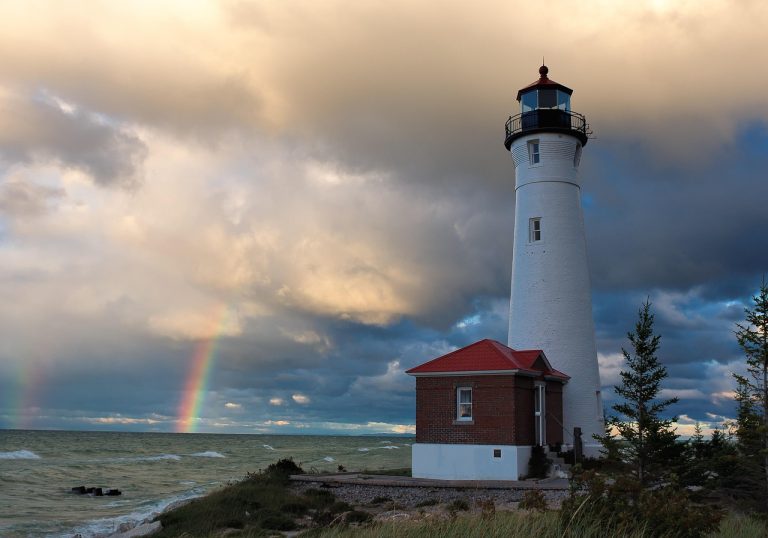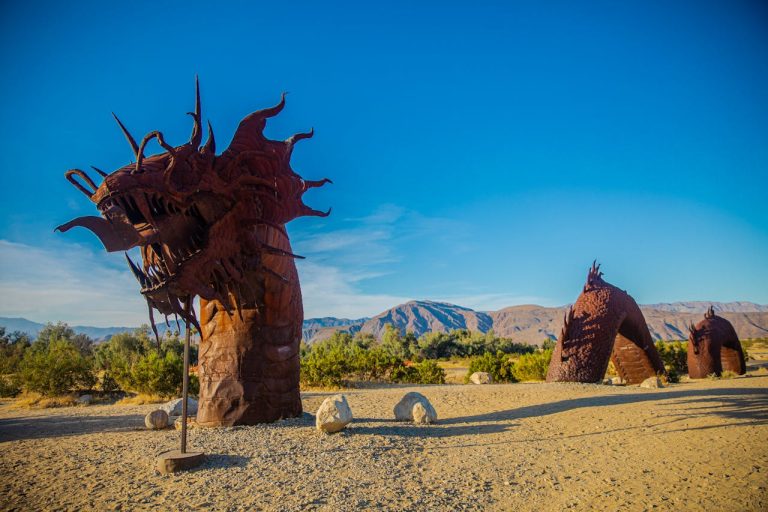Ancient Forts And Castles To Visit Across America

You don’t have to fly overseas to explore ancient stone strongholds or dramatic battle sites. America has historic forts and castles that let you step into the past and imagine the people who lived and fought there. You can walk the defensive walls, stand in storerooms that once held muskets and cannons, and imagine the clang of iron gates and marching boots. Visiting these places gives you a stronger connection to the events that shaped the country and the communities that surround them.
1. Castillo de San Marcos, Florida
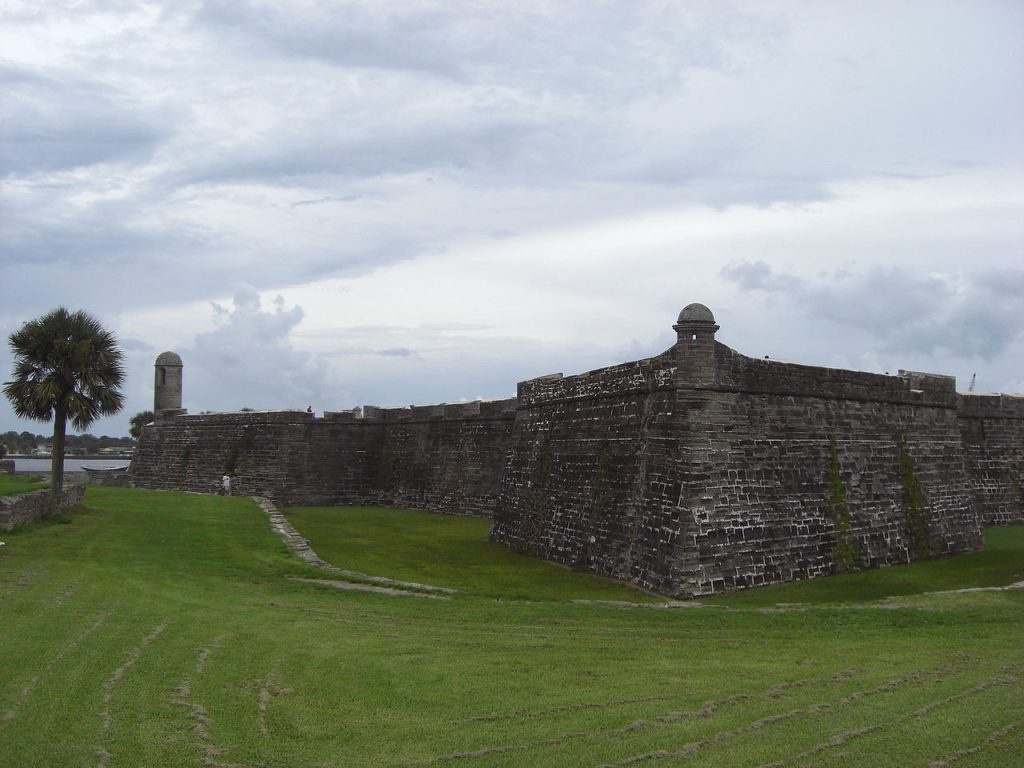
Built in the late 1600s, this coastal stronghold helped Spain defend its settlement from attacks coming in from the Atlantic. You walk past thick coquina walls, feel the ocean wind on the ramparts, and see how the shell based stone absorbed cannon fire and kept the fort standing through centuries of occupation and conflict. Guided programs explain daily life, weapon storage, and the strategic role the site played. You leave with a clearer view of how early colonists held their position on a continent still filled with uncertainty.
2. Fort Ticonderoga, New York
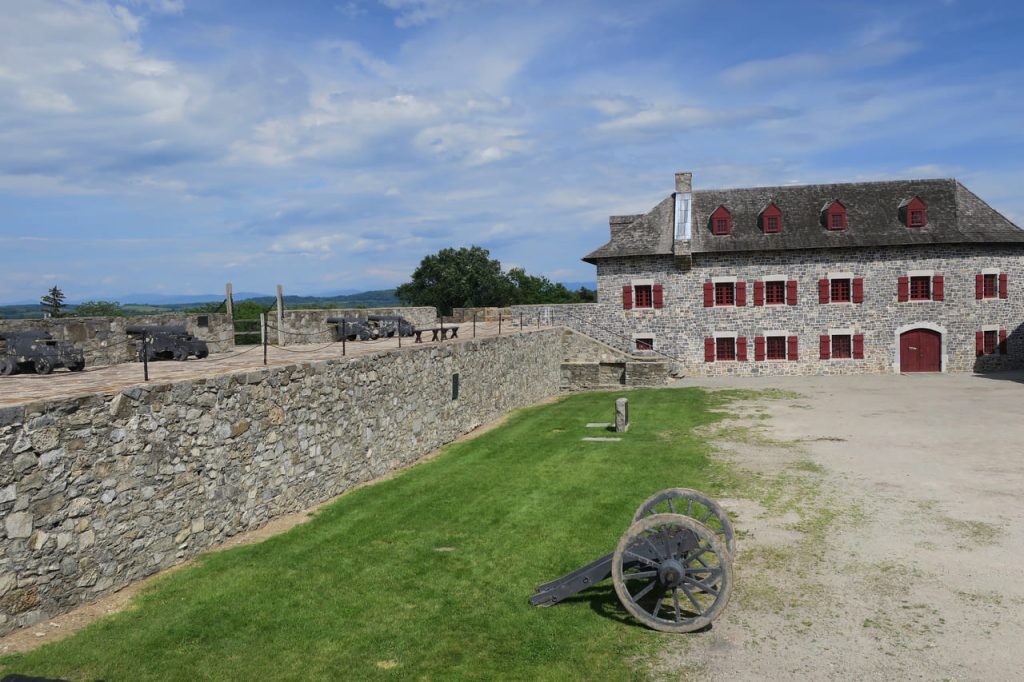
You stand on a battlefield that played major roles in two wars, with armies fighting to control the land and waterways between New York and Canada. Walking the parade ground and barracks shows you how the fort changed hands multiple times, and the museum exhibits help you understand how critical this location was for supply routes. Live demonstrations and well-trained guides make artillery and military tactics easier to grasp. Instead of imagining strategy on a map, you see the terrain through the eyes of the soldiers who lived it.
3. Fort McHenry, Maryland

When you walk its brick structures and earthen defenses, you follow the same paths that soldiers took during the War of 1812 as British ships fired on Baltimore Harbor. Seeing the massive flag flying overhead helps you understand why the defense inspired Francis Scott Key to write the Star Spangled Banner. The visitor center gives you a deeper look at the buildup to the battle and the mood in the country at the time. You come away realizing the site is not just a fort but a symbol of national resolve.
4. Fort Sumter, South Carolina
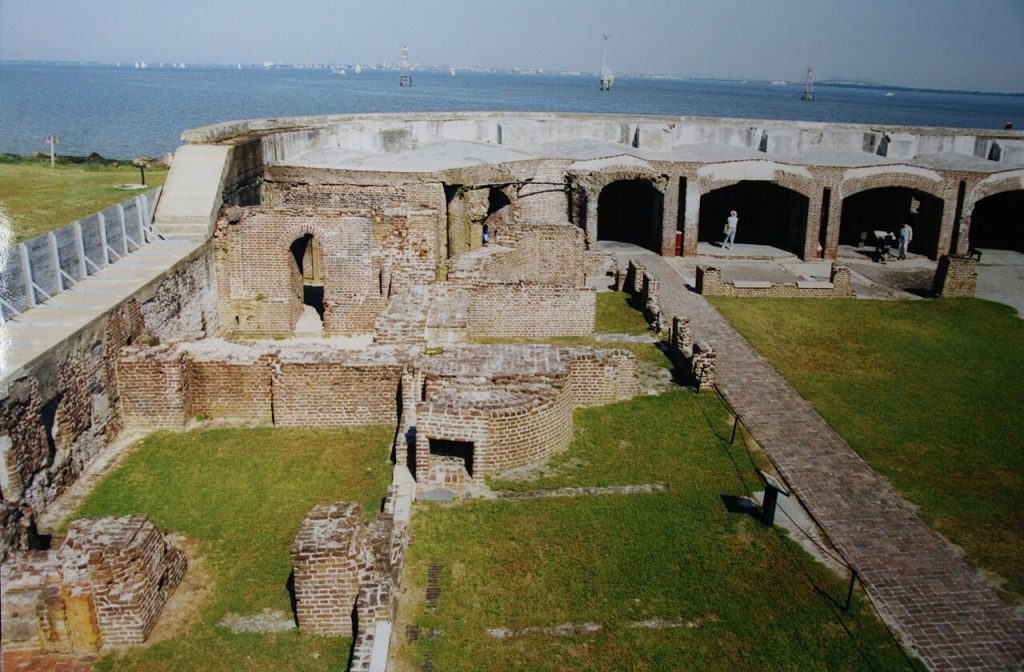
You reach this island fort by boat, just as soldiers and supplies once did. When you step onto the grounds, the cracked brick walls and artillery positions remind you that this was where the first shots of the Civil War erupted. Interpretive displays explain how the siege unfolded and what it meant for the divided country. Walking the site makes the conflict feel less like distant history and more like a turning point experienced by real people under enormous pressure as the nation fractured and marched toward years of war.
5. Hammond Castle, Massachusetts
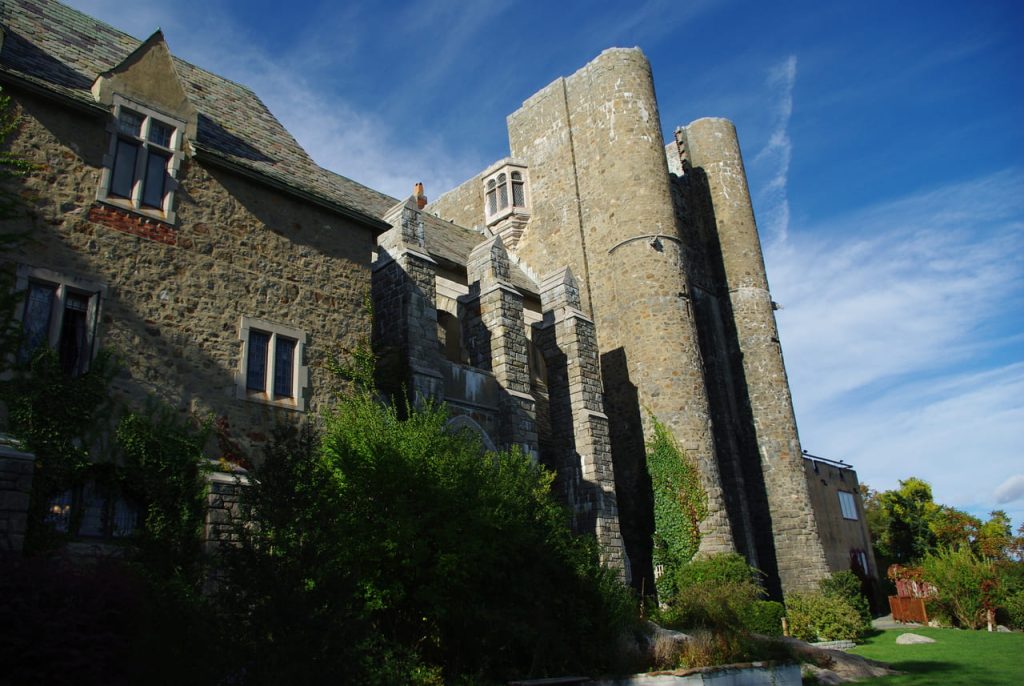
This medieval style mansion is not a fortress built for battle, but you still feel the atmosphere of Old World stone architecture overlooking the Atlantic. Built in the 1920s by inventor John Hays Hammond Jr., it combines imported artifacts, towers, courtyards, and a grand hall that feels like a European castle. You explore armor displays, iron gates, and collections gathered on Hammond’s travels. The building blends personal history and dramatic architecture, and visiting gives you a different kind of historical experience that still evokes earlier eras and design traditions.
6. Fort Point, California

You stand under the Golden Gate Bridge at a brick fort built in the mid-1800s to defend the harbor from naval attack. Walking the casemates and powder rooms helps you picture how cannons once aimed out toward the Pacific with soldiers ready for threats that never fully arrived. Rangers explain the engineering challenges of building a fort on a rocky shoreline and how its purpose shifted as military technology advanced. You leave with a stronger understanding of how coastal defenses evolved long before the bridge overshadowed the entire structure.
7. Fort Delaware, Delaware
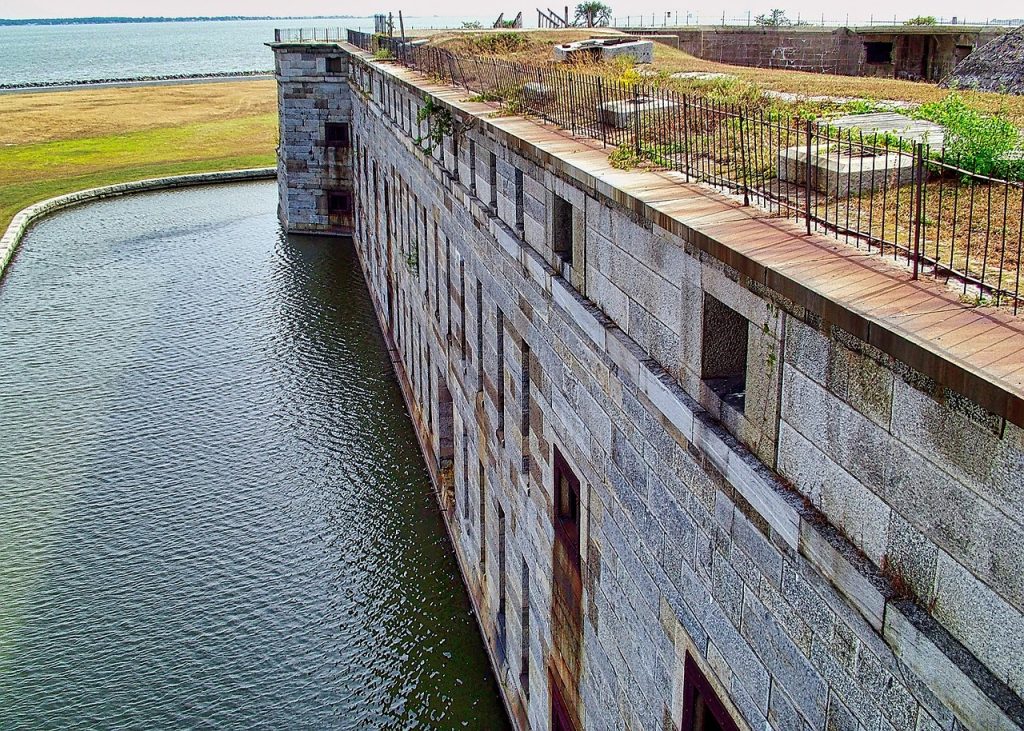
You reach this island fort by ferry, just as people did in the 1800s when it served as a major Civil War prison. When you explore the thick walls, open parade ground, and restored officers quarters, you get a sense of the tension that came from thousands of prisoners confined behind the ramparts. Guides share stories about escapes, daily routines, and how soldiers managed the overcrowded facility. You also learn how the site changed over time and why its strategic location in the river made it vital for controlling movement and protecting nearby ports.
8. Castle in the Clouds, New Hampshire
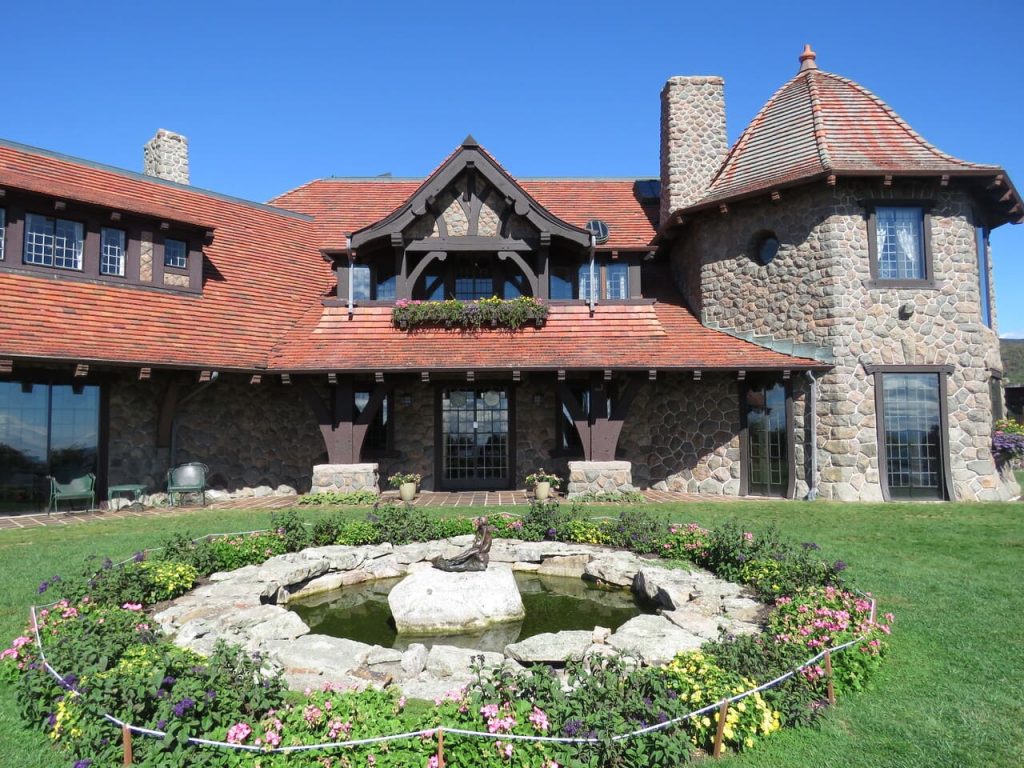
This mountaintop estate does not come from a medieval battlefield, but the stonework, woodwork, and dramatic views give it a castle-like presence that feels pulled from another era. Built in the early 1900s by Thomas Plant, the mansion lets you explore grand rooms, secret hallways, and a lifestyle shaped by wealth, ambition, and personal taste. Touring the estate tells you about the region’s industrial history and the family who built it, while the surrounding trails and carriage paths show how the estate functioned as a private mountain retreat with its own self-contained world.
